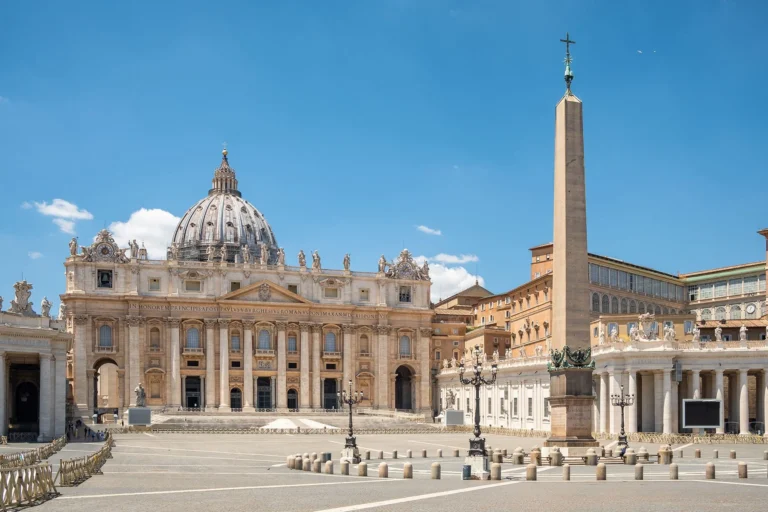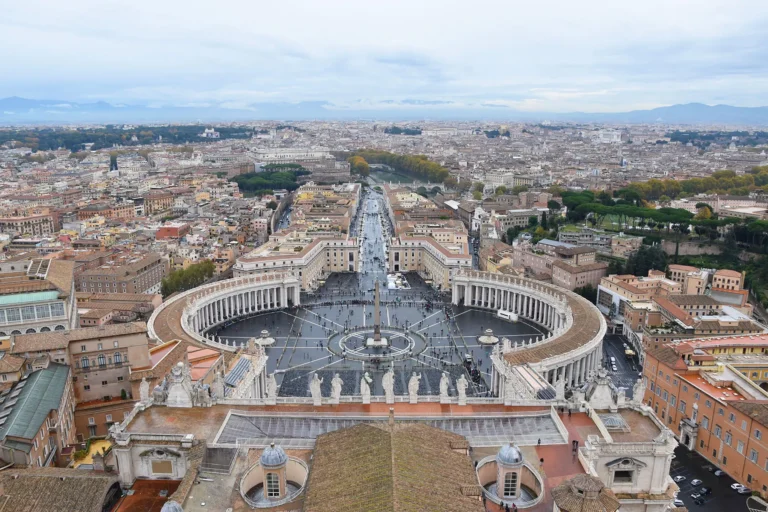The flag of Vatican City was officially adopted in 1929, coinciding with the signing of the Lateran Treaty between Pope Pius XI and Italy, establishing the independent state of Vatican City under the jurisdiction of the Holy See. This vertical bicolour flag consists of yellow and white stripes, with the white half featuring the coat of arms of Vatican City—a papal tiara and the crossed keys of Saint Peter. Its design draws inspiration from the 1808 flag of the Papal States, which also featured a yellow-and-white bicolour with the tiara and keys at the center.
Additionally, the flag of Vatican City has sometimes been interchangeably referred to as the flag of the Holy See.

A flag as a national symbol
A national flag serves as a symbol representing a particular nation and its identity. It is hoisted by the government of the country but can also be displayed by its citizens. National flags are often crafted with deliberate meanings behind their colors and symbols, which may carry significance beyond just the flag itself, acting as emblems of the nation. Following significant historical events, the design of a national flag may occasionally undergo alterations.








